1980
TV ad for the Minolta X-7 featuring Yoshiko Miyazaki causes a sensation
1983
A neon sign put up in Times Square, New York
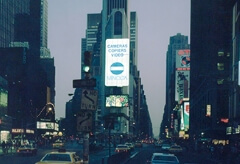
1987
Production of copiers begins in Germany
1987
Konishiroku Photo Industry Co., Ltd. renamed as Konica Corporation, and all the company’s products offered under the “Konica” brand
1992
Medium-term Environmental Policy (first Medium-term Plan) formulated
1993
Konica Imaging Science Foundation launches the Konica Photography Award (currently Konica Minolta Imaging Science Encouragement Award)
1994
Minolta Camera Co., Ltd. renamed as Minolta Co., Ltd.
1994
Production of copiers begins in China
2000
Mass production plant of the inkjet printer head (piezo system) starts full-scale operation
2000
Konica Minolta Supplies Manufacturing Co., Ltd. established as a joint venture to manufacture and sell polymerized toner
Polymerized toner, which achieved higher image quality while consuming less energy than conventional pulverized toner, was developed. At the end of 2000, Konica Minolta Supplies Manufacturing Co., Ltd. was established as a joint venture and started mass production. This was part of the partnership in the Business Technologies Business, which Konica Corporation and Minolta Co., Ltd. had announced in April of the same year. The company marketed the Konica Sitios 7035, a digital copier using the world’s first polymerized toner, in 2001 and a full-color copier using polymerized toner in 2002.

1980
Kanji Inkjet Printer (Kayser system) developed
1980
Flash photometry type Jaundice Meter, the world’s first product to conduct measurement without drawing blood, marketed
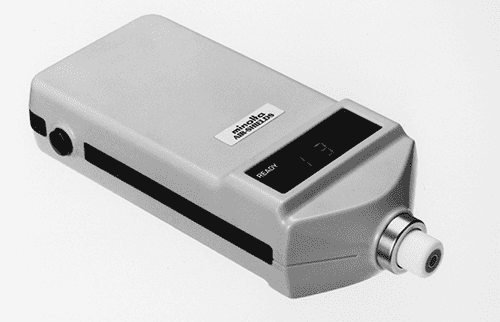
1983
EP450Z, the world’s first copier with stepless zoom magnification/reduction function, launched
The EP450Z became the world’s first copier to feature a stepless zoom function. Compared with conventional copiers with fixed magnification/reduction ratios, this product boasted outstanding operability. It was also equipped with sophisticated functions, such as automatic document feeder and automatic paper selection. The EP450Z enjoyed great success worldwide for its user friendliness and highly functional design.
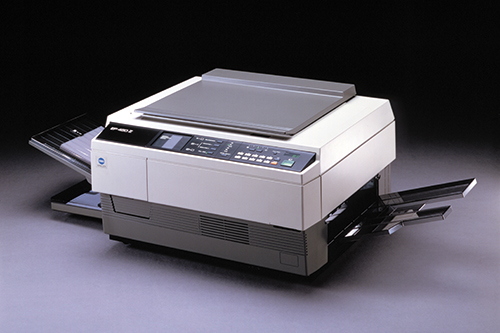
1984
SPAD-501, a chlorophyll meter capable of measuring the state of growth of plants without harvesting samples, marketed
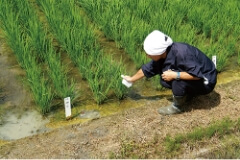
1984
Sakura Color 100-year Print, color photographic paper that can preserve images for 100 years in a dark place, marketed
1984
Ultra-high-precision aspheric plastic lens for CD players developed
The company developed the world’s first aspheric plastic lens for compact disc (CD) players by leveraging its aspheric plastic lens technology for cameras. In 1984, it started to supply the product to CD player manufacturers. Later, its application was expanded to various optical discs. A multi-disc support system capable of reading CDs, DVDs, and Blu-ray discs using a single lens was also developed. Today, the business in this field is among the largest in the world.
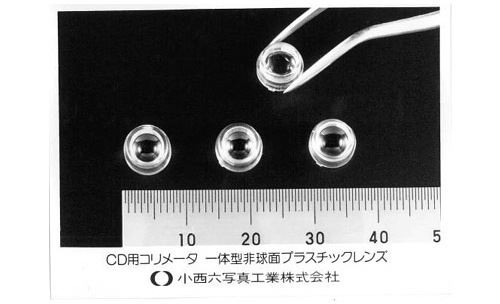
1984
Sakura Nice Printing System, the world’s first anhydrous washing mini-lab system, marketed
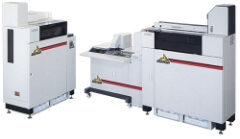
1985
α-7000 (MAXXUM 7000 in the U.S., Minolta 7000 in Europe), a single-lens reflex camera with a professional-quality autofocus function, launched
The company became the first in the world to offer a single-lens reflex camera with a professional-quality autofocus function when it introduced the α-7000 (MAXXUM 7000 in the U.S., Minolta 7000 in Europe),. This camera enjoyed explosive sales worldwide. Following this phenomenal success, a host of single-lens reflex autofocus cameras were launched in succession by various other companies. Previously, single-lens reflex cameras had been difficult to use and were designed only for professionals and camera enthusiasts, but then became user-friendly devices that allowed anyone to take clear photos easily.
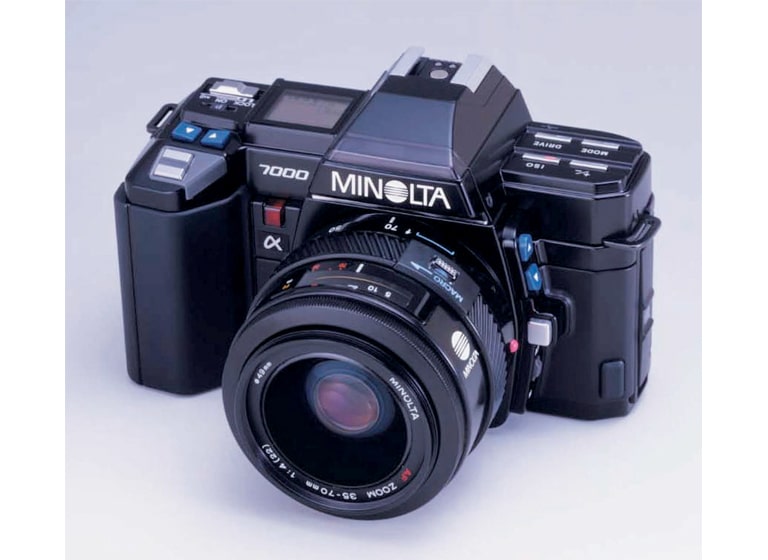
1985
First unit of Infinium, the world’s first round planetarium, installed at the International Exposition, Tsukuba, Japan, 1985
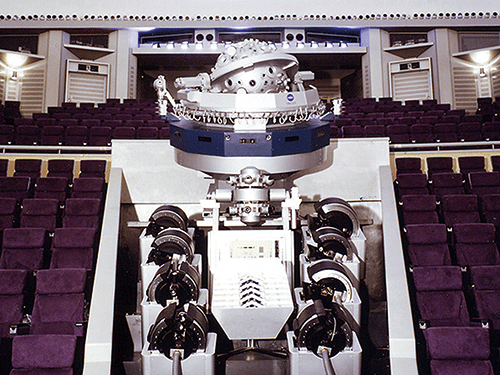
1987
Konica Color GX3200 Professional, the world’s first ultra-sensitive photographic film of ISO 3200, marketed
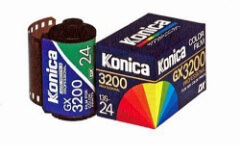
1987
Konsensus, a simple color-proofing system, launched
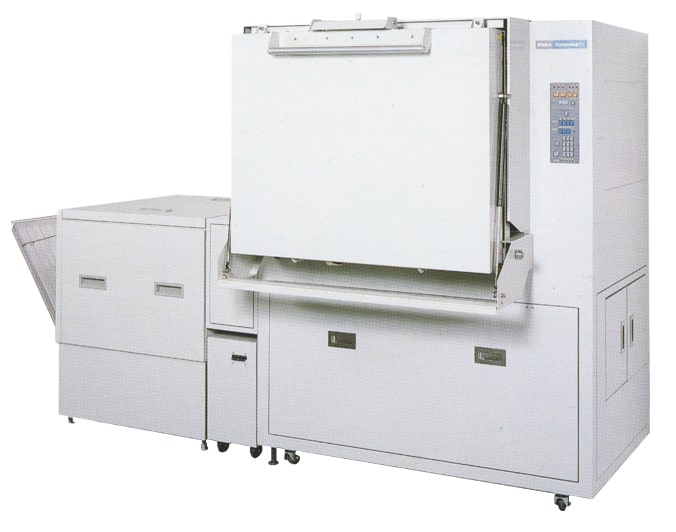
1988
Konica Medical Super Rapid System, a high-speed processing system for X-ray films, marketed
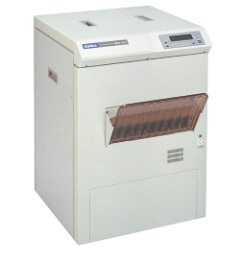
1988
CM-1000, the world’s first single-chip spectroscopic sensor type compact spectrophotometer, marketed
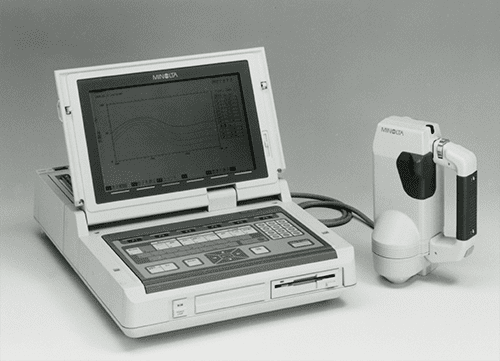
1990
CF70, a digital full-color copier, marketed
The company marketed the CF70 (nicknamed LIMOS 70), a full-color digital copier that achieved outstanding image quality of 400 dpi based on the density rendering of 256 gradations for four colors per dot by using the proprietary laser intensity modulation system. In the same year, the company was awarded the Outstanding Technology Prize for this technology by the Society of Electrophotography of Japan.
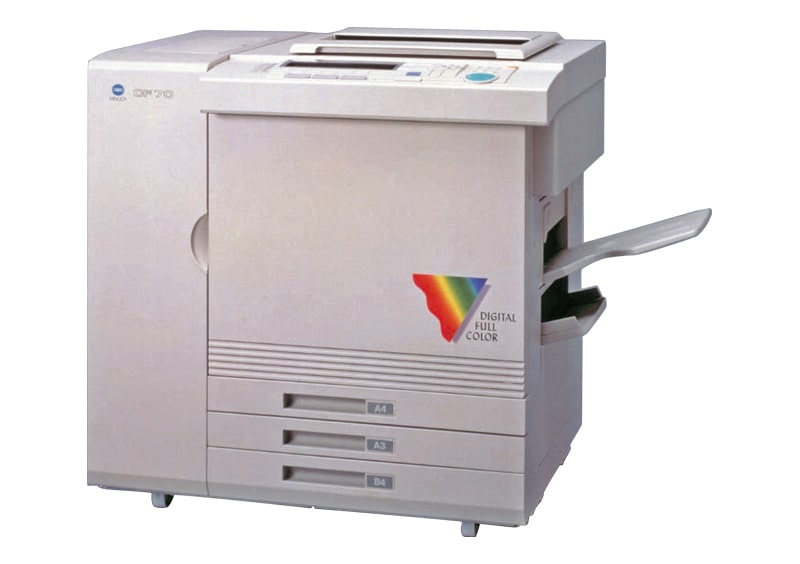
1990
Konica Direct Digitizer KD-1000, a medical digital input device, marketed
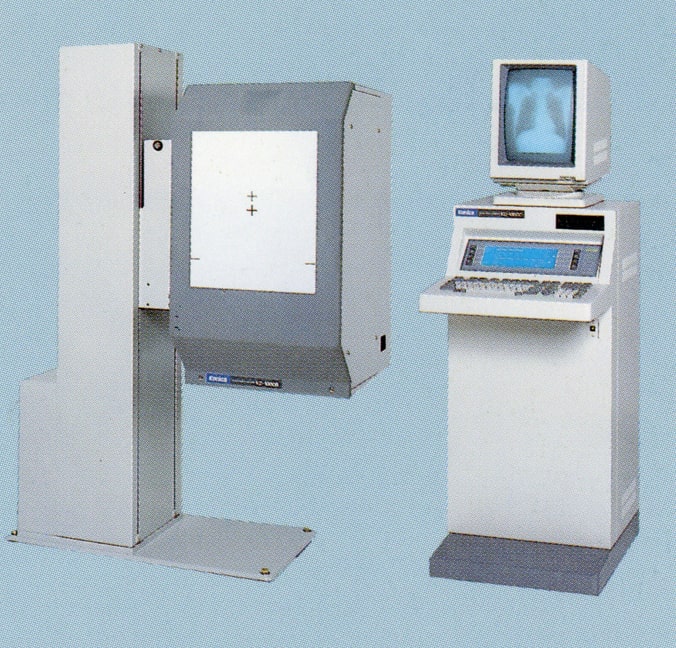
1995
Konica 7050, the world’s fastest digital copier, marketed
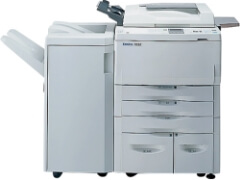
1996
Konica Direct Digitizer REGIUS MODEL 330, an X-ray imaging inspection system, marketed
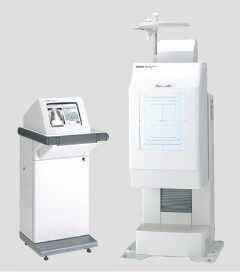
1997
Konica Nassenger KS-1600, an inkjet textile printing system, marketed
In the 1990s, the company started to develop and sell paper suitable for inkjet printing of photographic images in anticipation of the future potential of the inkjet market. A large color inkjet printer for inkjet textile printing on fabrics was concurrently under development. In 1997, the company marketed the Konica Nassenger KS-1600, which attracted much public attention as a next-generation system by eliminating the need for printmaking, which was required in conventional textile printing, and quickly enabling the production of smaller quantities of diverse products.
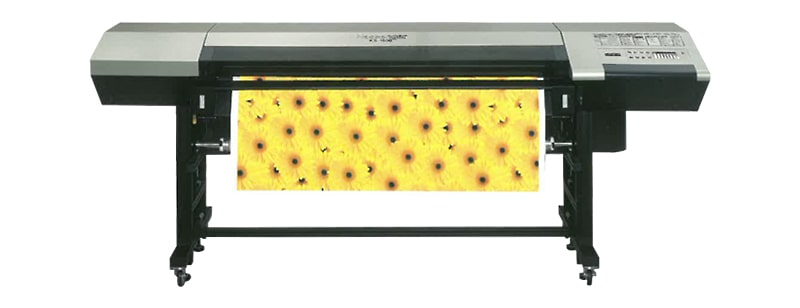
2000
Business of TAC films for LCD polarizers fully launched
A TAC film, which protects the polarizer, is one of the most important basic component materials of liquid crystal displays (LCDs), which are widely used as monitors in PCs, TVs, and mobile phones. In the mid-1990s, the company started to supply TAC films for LCD polarizers by leveraging its photographic film technology. In 2000, it opened a TAC film plant in Kobe to fully enter the TAC film business. The company’s TAC films were renowned for their thinness and uniformity, and demand for the films increased rapidly with the expansion of the market.
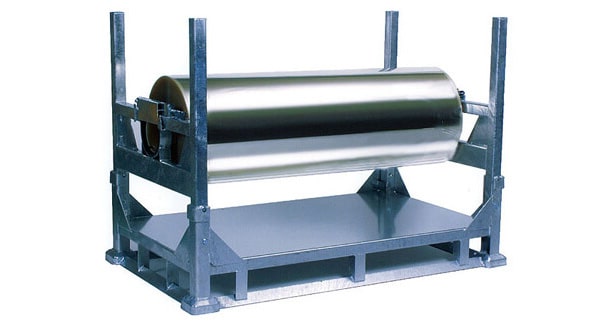
2001
MEDIAGLOBE, the world’s first compact single-lens full-color digital planetarium, developed and the first unit delivered
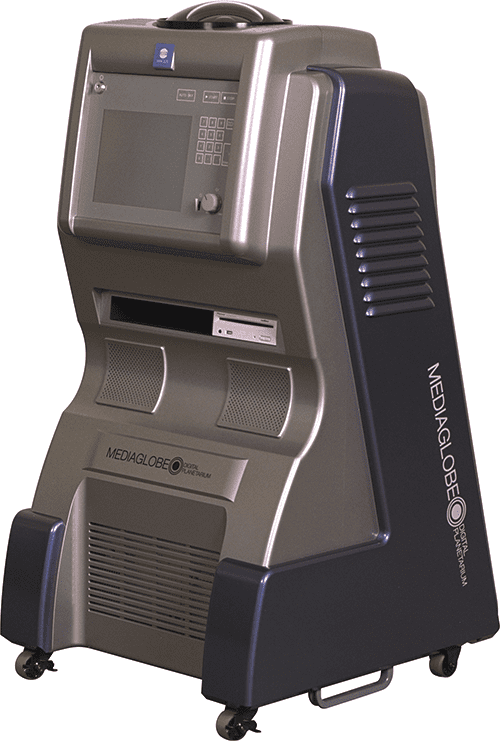
1980
Kanji Inkjet Printer (Kayser system) developed
1980
Flash photometry type Jaundice Meter, the world’s first product to conduct measurement without drawing blood, marketed

1980
TV ad for the Minolta X-7 featuring Yoshiko Miyazaki causes a sensation
1983
A neon sign put up in Times Square, New York

1983
EP450Z, the world’s first copier with stepless zoom magnification/reduction function, launched
The EP450Z became the world’s first copier to feature a stepless zoom function. Compared with conventional copiers with fixed magnification/reduction ratios, this product boasted outstanding operability. It was also equipped with sophisticated functions, such as automatic document feeder and automatic paper selection. The EP450Z enjoyed great success worldwide for its user friendliness and highly functional design.

1984
SPAD-501, a chlorophyll meter capable of measuring the state of growth of plants without harvesting samples, marketed

1984
Sakura Color 100-year Print, color photographic paper that can preserve images for 100 years in a dark place, marketed
1984
Ultra-high-precision aspheric plastic lens for CD players developed
The company developed the world’s first aspheric plastic lens for compact disc (CD) players by leveraging its aspheric plastic lens technology for cameras. In 1984, it started to supply the product to CD player manufacturers. Later, its application was expanded to various optical discs. A multi-disc support system capable of reading CDs, DVDs, and Blu-ray discs using a single lens was also developed. Today, the business in this field is among the largest in the world.

1984
Sakura Nice Printing System, the world’s first anhydrous washing mini-lab system, marketed

1985
α-7000 (MAXXUM 7000 in the U.S., Minolta 7000 in Europe), a single-lens reflex camera with a professional-quality autofocus function, launched
The company became the first in the world to offer a single-lens reflex camera with a professional-quality autofocus function when it introduced the α-7000 (MAXXUM 7000 in the U.S., Minolta 7000 in Europe),. This camera enjoyed explosive sales worldwide. Following this phenomenal success, a host of single-lens reflex autofocus cameras were launched in succession by various other companies. Previously, single-lens reflex cameras had been difficult to use and were designed only for professionals and camera enthusiasts, but then became user-friendly devices that allowed anyone to take clear photos easily.

1985
First unit of Infinium, the world’s first round planetarium, installed at the International Exposition, Tsukuba, Japan, 1985

1987
Konica Color GX3200 Professional, the world’s first ultra-sensitive photographic film of ISO 3200, marketed

1987
Production of copiers begins in Germany
1987
Konsensus, a simple color-proofing system, launched

1987
Konishiroku Photo Industry Co., Ltd. renamed as Konica Corporation, and all the company’s products offered under the “Konica” brand
1988
Konica Medical Super Rapid System, a high-speed processing system for X-ray films, marketed

1988
CM-1000, the world’s first single-chip spectroscopic sensor type compact spectrophotometer, marketed

1990
CF70, a digital full-color copier, marketed
The company marketed the CF70 (nicknamed LIMOS 70), a full-color digital copier that achieved outstanding image quality of 400 dpi based on the density rendering of 256 gradations for four colors per dot by using the proprietary laser intensity modulation system. In the same year, the company was awarded the Outstanding Technology Prize for this technology by the Society of Electrophotography of Japan.

1990
Konica Direct Digitizer KD-1000, a medical digital input device, marketed

1992
Medium-term Environmental Policy (first Medium-term Plan) formulated
1993
Konica Imaging Science Foundation launches the Konica Photography Award (currently Konica Minolta Imaging Science Encouragement Award)
1994
Minolta Camera Co., Ltd. renamed as Minolta Co., Ltd.
1994
Production of copiers begins in China
1995
Konica 7050, the world’s fastest digital copier, marketed

1996
Konica Direct Digitizer REGIUS MODEL 330, an X-ray imaging inspection system, marketed

1997
Konica Nassenger KS-1600, an inkjet textile printing system, marketed
In the 1990s, the company started to develop and sell paper suitable for inkjet printing of photographic images in anticipation of the future potential of the inkjet market. A large color inkjet printer for inkjet textile printing on fabrics was concurrently under development. In 1997, the company marketed the Konica Nassenger KS-1600, which attracted much public attention as a next-generation system by eliminating the need for printmaking, which was required in conventional textile printing, and quickly enabling the production of smaller quantities of diverse products.

2000
Business of TAC films for LCD polarizers fully launched
A TAC film, which protects the polarizer, is one of the most important basic component materials of liquid crystal displays (LCDs), which are widely used as monitors in PCs, TVs, and mobile phones. In the mid-1990s, the company started to supply TAC films for LCD polarizers by leveraging its photographic film technology. In 2000, it opened a TAC film plant in Kobe to fully enter the TAC film business. The company’s TAC films were renowned for their thinness and uniformity, and demand for the films increased rapidly with the expansion of the market.

2000
Mass production plant of the inkjet printer head (piezo system) starts full-scale operation
2000
Konica Minolta Supplies Manufacturing Co., Ltd. established as a joint venture to manufacture and sell polymerized toner
Polymerized toner, which achieved higher image quality while consuming less energy than conventional pulverized toner, was developed. At the end of 2000, Konica Minolta Supplies Manufacturing Co., Ltd. was established as a joint venture and started mass production. This was part of the partnership in the Business Technologies Business, which Konica Corporation and Minolta Co., Ltd. had announced in April of the same year. The company marketed the Konica Sitios 7035, a digital copier using the world’s first polymerized toner, in 2001 and a full-color copier using polymerized toner in 2002.

2001
MEDIAGLOBE, the world’s first compact single-lens full-color digital planetarium, developed and the first unit delivered

